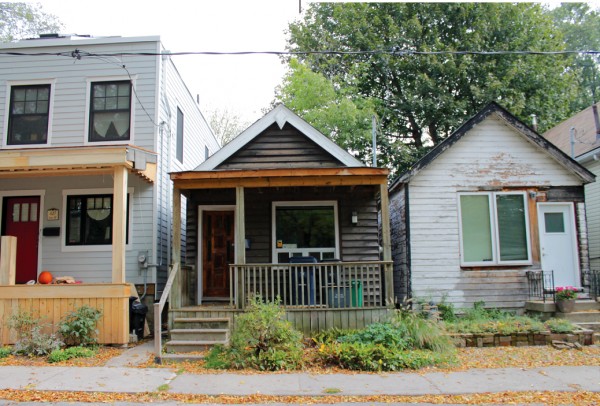The Toronto Star has been running a cool series to find "hidden experts" as part of their year-long Big Ideas project on how to make Toronto better.
On March 8th, Craven Road was mentioned in an intriguing article by Laura Kane, 'Hidden experts' have Big Ideas (and some small ones) for affordable housing:
When Nicole Stewart imagines the future of Toronto, she likes to think small — really small.
The policy development officer in the City of Toronto’s Affordable Housing Office wants to see “tiny homes” built in backyards and laneways across the city. The teensy-tiny abodes could be between 100 and 800 square feet, made from recycled materials and energy-efficient....
“What I’m suggesting isn’t any sort of shanty town or RV home in the city. I’m talking about really well-made, well-designed homes,” she said. The phenomenon has exploded across the U.S., Europe and in some Canadian cities like Vancouver. But Toronto’s building code still contains some provisions that prevent landowners from building tiny homes.
The city does have a “Tiny Town,” on Craven Rd., near Gerrard St. E. and Coxwell Ave., the largest concentration of detached houses under 500 square feet in Toronto. The homes were built for manual labourers at the turn of the 20th century.
Because as important as social housing is, the idea that the houses on Craven Road were built "for" rather than "by" the people who lived in them is simply ahistorical.
Walk down the street and you'll see the evidence. There is no central planning or design:
 |
| from Walking Woman |
 |
| from Walking Woman |
 |
| from the MASH |
 |
| from Spacing.ca |
These houses were built according to the individual vision of whoever acquired each small lot. And even those lots are irregular sizes, since the land was sold by the foot, like cloth off a bolt.
That's why manual labourers bought and built on Craven Road:
That's why manual labourers bought and built on Craven Road: